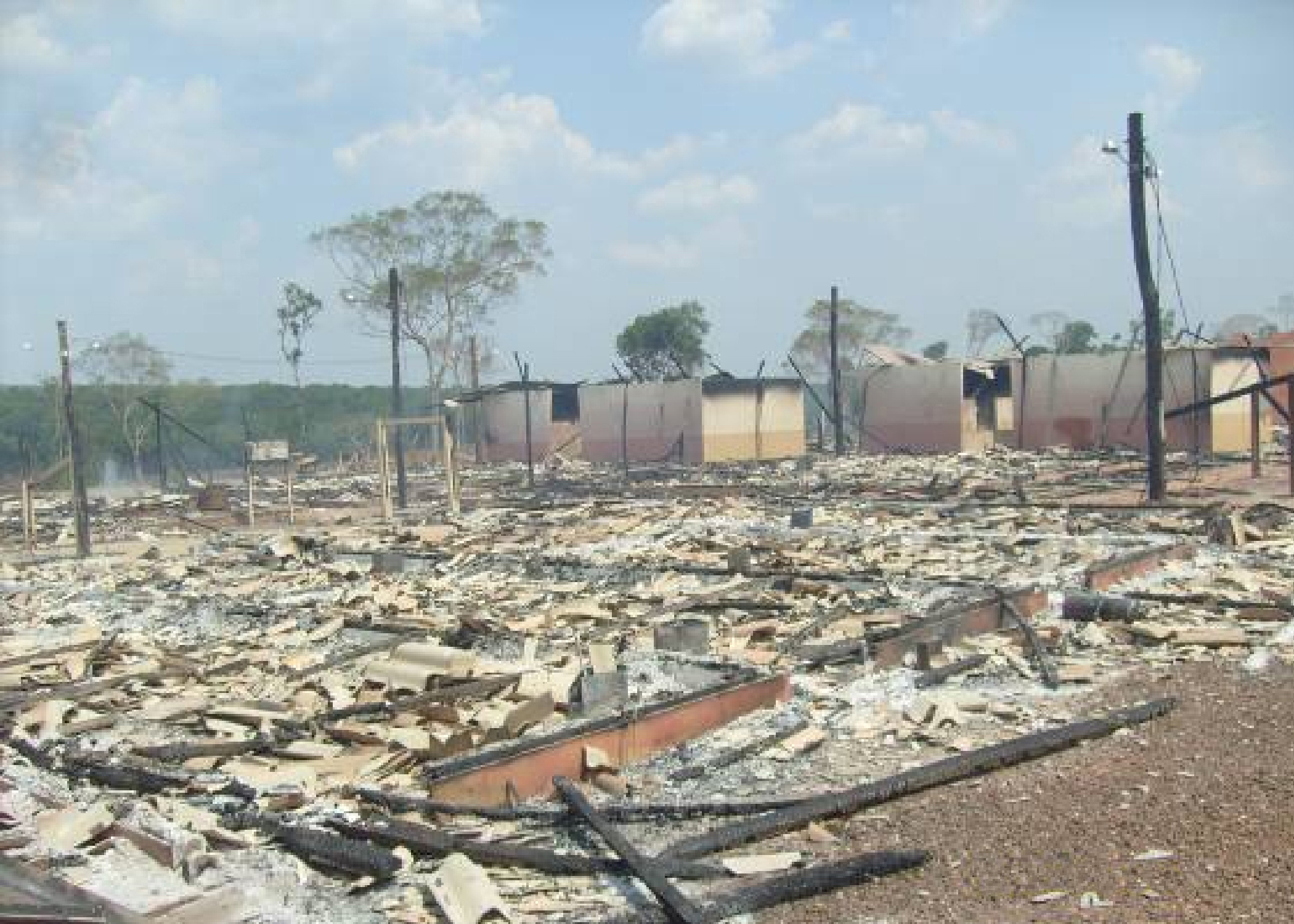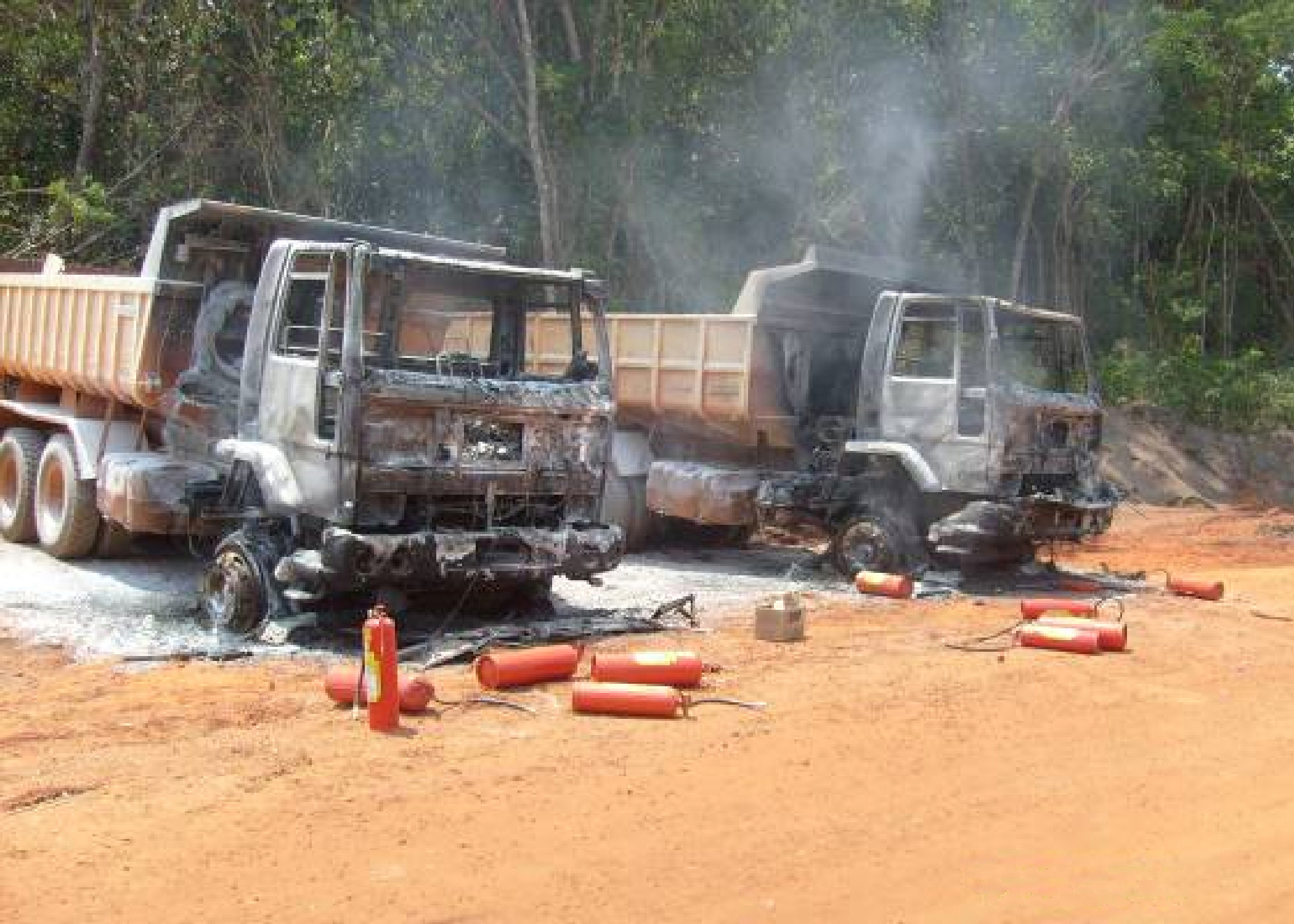
 18/11/2008
18/11/2008
People Power Fucks Up Construction
One hundred and twenty members of the Enawene Nawe tribe trashed a construction site of a hydro electric dam on the Juruena river in western Brazil on 11th of last month. Trucks, offices, housing for workers were all destroyed and or torched in a $1 million survival spree.
“They came armed with axes and pieces of wood, banished the employees and later set fire to everything” said Frederico Muller, a coordinator working at the site. At least 12 trucks were destroyed, along with a number of offices and housing units.
Survival because the tribes all over the Amazon basin rely on the rivers for fishing, one of the easiest, most reliable ways to get food. There are 77 such dams planned for the area but the destruction is very widely spread: one Brazilian super dam project – the Belo Monte – will displace 16,000 people.
Some background to this crisis: Brazil’s spiralling energy needs are the result of the dentally inimitable pro industry fuckwit Lula de Silva’s (or should that be the IMF etc’s) policies of growth at any cost. Demand has outstripped supply in recent years and a long drought in 2001 brought matters to a head. With no water even the best dams can produce no power so rationing was commenced – down to one fifth of normal supply. The decision was made at this time to increase Brazil’s hydro capacity by 75% and thus we have the current situation of mass forced displacement of indigenous peoples.
But the dams are not even a sure thing either economically or practically (excepting the construction companies, financiers, bribees etc.). Predictions of low water for 3 – 5 months of the year make the projects look ridiculous. However if you include genocide as a welcome part of your business model then the figures are anything but. As one fucked up white elephant dam is completed it requires more upstream storage capacity to be built and hence more displacement. This is the reality of ‘economic development’ in Brazil.
